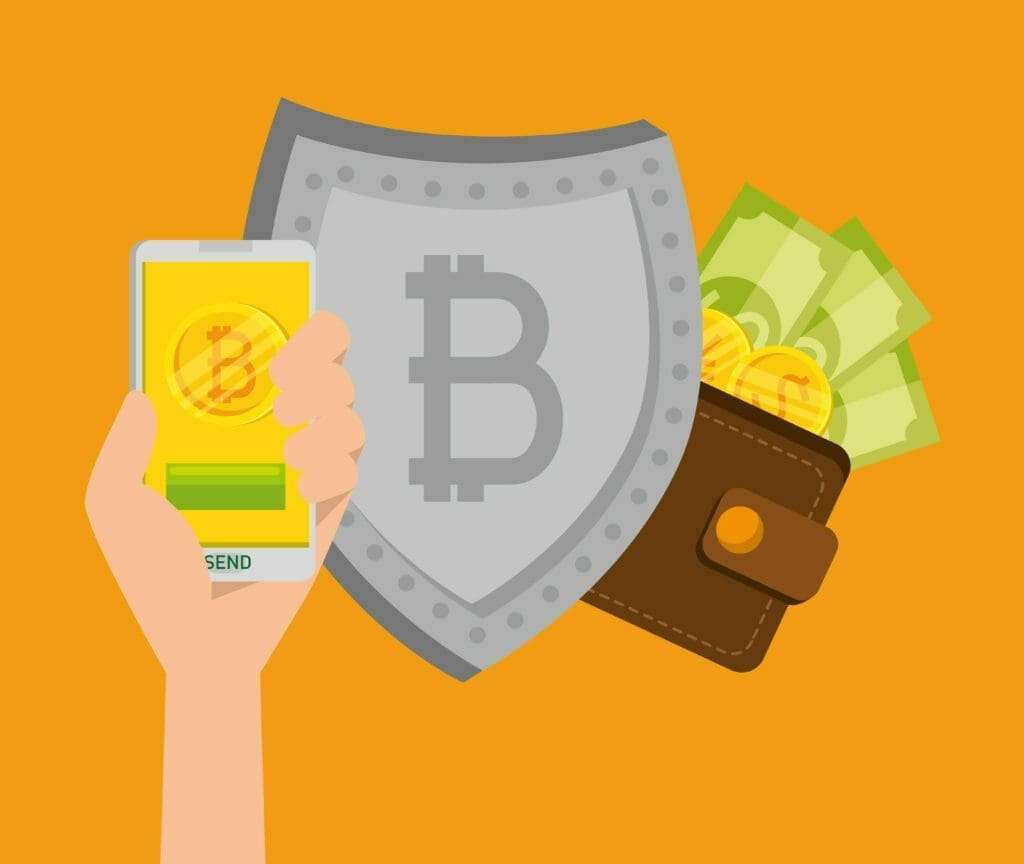According to chiefs at Ledger and Trezor, the safety of the recovery phrase is far more essential than the security of the hardware wallet.
Hardware crypto wallets are dedicated to giving customers complete control over their funds and providing increased security, yet they are vulnerable to theft, breakage, and loss.
Is it just to suggest that if your hardware wallet is lost, burned, or stolen, all of your Bitcoin (BTC) will be lost forever? Not at all.
If you’ve lost access to your hardware wallet, you have several methods for getting your cryptocurrency back. In that case, keeping access to the private keys would have been the only requirement for recovering crypto assets.
A private key is a cryptographic string of letters and numbers that allows customers to access cryptocurrency assets, execute transactions, and receive cryptocurrency.
The majority of crypto wallets contain a private key in the mnemonic form of a recovery phrase, that includes a human-readable backup that allows users to recover private keys.
BIP39, the most popular standard for creating seed phrases for cryptocurrency wallets, is often applied to support the mnemonic form.
A BIP39 recovery phrase, also known as a seed phrase, is a password made up of 12 or 24 random words that are used to restore a cryptocurrency wallet.
During the initial setup of a wallet, most cryptocurrency wallet providers generate a seed phrase that customers shall immediately write down.
No keys, no coins
The security of the recovery phrase is much more important than keeping the hardware wallet safe, according to executives at key hardware cryptocurrency wallet firms Ledger and Trezor.
The saying “Not your keys, not your coins” summarizes the crypto community’s guiding philosophy of keeping a private key safe. Users are not fully in control of their coins if they do not own their private keys, according to the above principle.
Users of Ledger and Trezor wallets can regain access to their wallets using a seed phrase and another hardware wallet.
“Any of the new Ledger wallets can be used to restore a user’s wallet and funds.” “Alternatively, customers might recover on a Trezor, SafePal, or another hardware wallet device,” said Charles Guillemet, chief technical officer of Ledger.
Related: Why use hardware wallets?
In the situation that somehow a user’s hardware wallet is lost, stolen, or destroyed, they can use software wallets to access their funds.
“If you misplace your Trezor but do have your recovery seed, you can retrieve your funds using any of the many hardware or software wallets available,” said Jan Andrak, Trezor’s chief information security officer.
Platforms like Electrum, Exodus, MetaMask, Samourai, Wasabi, Spot and others are on the list of compatible software wallets, according to Ledger and Trezor officials.
Backup phrase threats
Considering maintaining access to a cryptocurrency wallet depends on the security of the recovery phrase, one may be thinking about how to best protect the seed phrase.
“One of the most important aspects in Bitcoin security is seed preservation,”. When it comes to BIP39 passwords, Andrak identified three key threats: those created by the user, natural or man-made calamities, and theft.
The loss of a recovery phase is fairly common: a wallet user might throw it out by mistake or just not realize its value of it when setting up the wallet.
Users may also make the mistake of storing their recovery phrase in the incorrect location, with one typical blunder being to simply post the phrase online.
To avoid undesirable situations such as hacking, cryptocurrency wallet users should never digitize their seed phrases, according to Ledger’s Guillemet.
“It is essential for users to keep the recovery phrase safe. It should be kept in a secure location and not digitized — in other words, don’t send it as an email or a text file, and don’t photograph it.”
As a result, most crypto wallets advise their users to write down the seed phrase on a piece of paper and keep it somewhere safe.
Tips on how to keep the recovery phrase safe
It is important to go beyond merely writing down the recovery phrase on paper to ensure effective protection.
Ledger and Trezor executives recommend using fire-resistant storage capsules or steel plates to engrave the recovery phrase for crypto wallet users who want to improve the security of their seed phrases.
Advanced tactics for securing a seed phrase include distributing backups to several groups of individuals and locations, such as family, a secure box at the bank, or a secret spot in the garden.
Shamir Backup is one such method, which allows users to divide their private keys into numerous pieces that must be combined to recover the wallet.
Whereas hardware wallet providers do their best to assist users to recover their assets in the event they lose their wallets, there’s yet nothing much they could do about losing a recovery phrase.
According to Trezor’s Andrak, this is because the private key of a non-custodial wallet is designed to be controlled completely by the user.
He went on to say that the concept of non-custody, as well as its security implications, are utterly opposed to the idea of maintaining a “backup,” and that:
“If someone has an opportunity to reclaim your Bitcoin, that implies they have access to your Bitcoin, and you need to trust that such actors will always treat you with goodwill.
We are eliminating the necessity for people to trust and instead encouraging them to verify.”
“Ledger is also aiming to improve the overall user experience, eliminating pain spots while maintaining security.”
Self-custody, on the other hand, is still in the DNA of blockchain and Ledger. “Users are always in control,” Guillemet stated.

